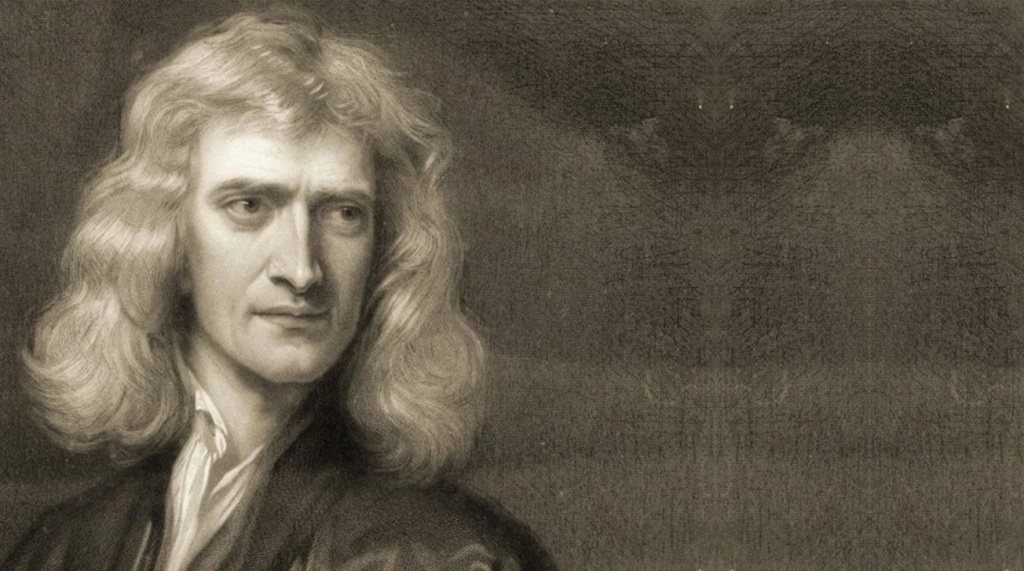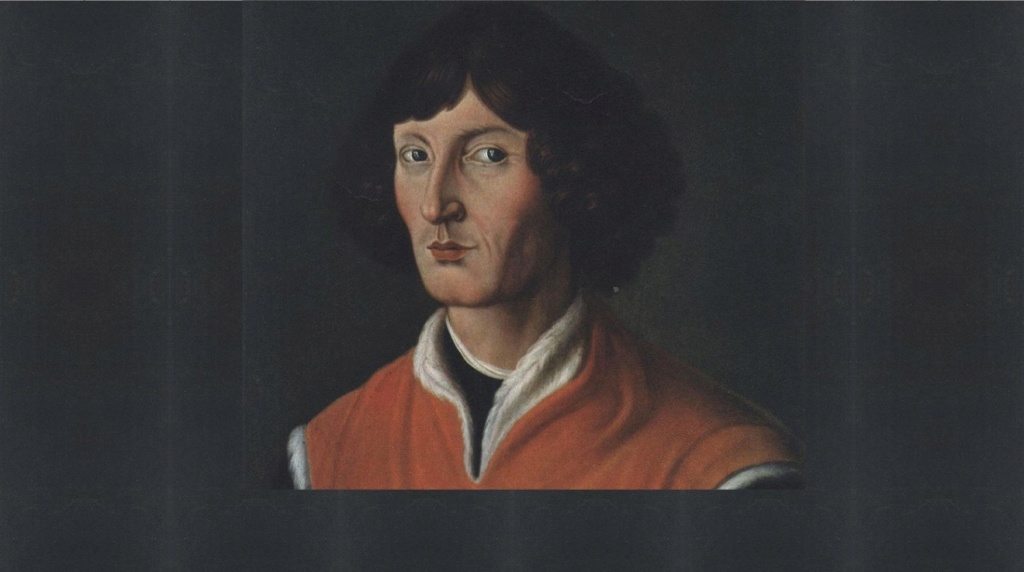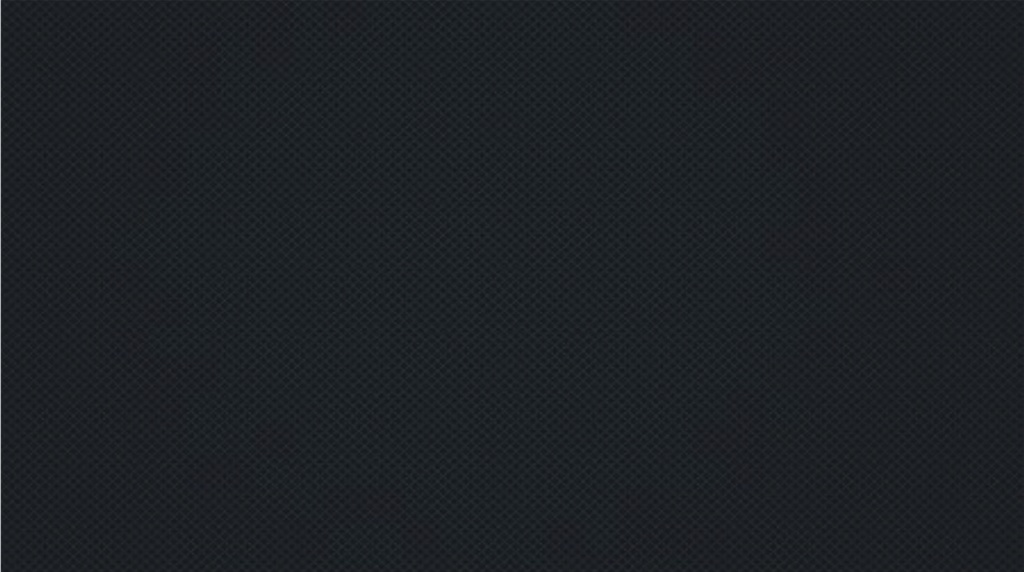
- Science
- Philosophy
- Theology
The basic epistemological framework to research about origins, and the fundamental question of why there is something, rather than nothing, is best based on the faculties of science, philosophy, and theology/religion.
Gods existence, without attempting to identify his nature, can be done by evaluating science, and philosophical considerations.
The identity of God is a matter of religion and theology.

The steps of progression to elaborate an epistemologically solid world view goes as follows:
1. Defining a solid epistemological framework, excluding scientism or verificationism, and permitting a holistic examination of evidence including philosophical and theological considerations.
2. Disposition to analyze the evidence as much honest and unbiased as possible, permitting it to lead wherever it is.
3. Clarifying how the action of (past) intelligent action can be recognized in nature.
4. Research of scientific evidence and philosophical considerations which after careful evaluation point to Intelligence as a better mechanism to explain our origins than naturalistic explanations.
5. The inference of intelligent design/creationism leads to deism, theism or pantheism.
6. Philosophical considerations lead to agnostic theism
7. Specifics about various evidence leads to the conclusion of Infinite Creator.
8. Comparative religions and historical evidence point to God of the Hebrews/Abraham.
9. Internal evidence constrains the choice of Judaism. Islam, Christianity, and born-again Christianity.
10. How we proceed in the cumulative case for Christianity is a much more detailed step. Ultimately we are not talking about "proof" like in repeated experimentation...but rather a preponderance of the evidence. Ultimately it is the conviction of the Holy Spirit to believe in the miracles of Jesus and His Lordship/Deity.
Concluding and pointing to a specific God can be done rationally by adopting a cumulative case, which in my view, in the end, points to the God of the Bible. Point 1 to 5 point to a Creator as better explanation rather than none.
Point 6 - 10 deal with the identification of a specific God.
1. something made based on mathematical principles

Johannes Kepler, Defundamentis Astrologiae Certioribus, Thesis XX (1601)
"The chief aim of all investigations of the external world should be to discover the rational order and harmony which has been imposed on it by God and which He revealed to us in the language of mathematics."
Kepler formulated three major laws of planetary motion which enabled Isaac Newton to devise the law of gravitation. Working from the carefully measured positions of the planets, Kepler mathematically deduced his three laws from the data.

Besides Kepler, Newton,

Galileo, and

Copernicus--viewed the universe as orderly and capable of mathematical description precisely because a rational God had fashioned it so. These brilliant scientists and mathematicians believed that, since God had designed the universe, then "all phenomena of nature would follow one master plan.
One mind designing a universe would almost surely have employed one set of basic principles to govern all related phenomena.


2. The fundamental laws of physics
Newton’s Three Laws of Motion.
Law of Gravity.
Conservation of Mass-Energy.
Conservation of Momentum.
Laws of Thermodynamics.
Electrostatic Laws.
Invariance of the Speed of Light.

Only in the 20th century, it became clear that the incredibly diverse phenomena that we observe in nature are based on just six physical laws, each of which may be described by a simple mathematical relationship. The brilliant mathematical encoding of nature's deep structures, these physical laws can all be written on one side of one sheet of paper.
On the deepest level of the universe, there is cosmic harmony and coherence of the elemental forces and universal constants which govern all of nature. There are certain universal constants that describe the universe mathematically, and, remarkably, this set of constants is critical to the formation of a life-permitting universe.

"The naive view implies that the universe suddenly came into existence and found a complete system of physical laws waiting to be obeyed. Actually, it seems more natural to suppose that the physical universe and the laws of physics are interdependent." —*WH. McCrea, "Cosmology after Half a Century," Science, Vol. 160, June 1968, p. 1297.

As Richards and Gonzalez write: Our very ability to establish the laws of nature depends on their stability. (In fact, the idea of a law of nature implies stability.) Likewise, the laws of nature must remain constant long enough to provide the kind of stability life requires through the building of nested layers of complexity.

The properties of the most fundamental units of complexity we know of, quarks, must remain constant in order for them to form larger units, protons and neutrons, which then go into building even larger units, atoms, and so on, all the way to stars, planets, and in some sense, people.
The lower levels of complexity provide the structure and carry the information of life. There is still a great deal of mystery about how the various levels relate, but clearly, at each level, structures must remain stable over vast stretches of space and time.

And our universe does not merely contain complex structures; it also contains elaborately nested layers of higher and higher complexity. Consider complex carbon atoms, within still more complex sugars and nucleotides, within more complex DNA molecules, within complex nuclei, within complex neurons, within the complex human brain, all of which are integrated into a human body.
Such “complexification” would be impossible in both a totally chaotic, unstable universe and an utterly simple, homogeneous universe of, say, hydrogen atoms or quarks.

So the question arises:

These Laws of Physics, where did they come from?
What is their origin?
Can laws come about naturally?
How did they come about fully balanced to create order instead of chaos?
The laws themselves defy a natural existence and science itself has not even one clue on how to explain them coming into being naturally. So when you use deductive reasoning, cancelling out all that does not fit or will not work, there is only one conclusion left that fits the bill of why the laws exist, and why they work together to make order instead of chaos.
Deny it as naturalist may, their way if thinking cannot explain away a Creator creating the laws that exist and the fact that they create order instead of chaos. That they are put together and tweaked to be in balance like a formula making everything work together to create all that we see.
Always ignoring that even one notch off in how one law works with another that total and complete chaos would be the result. And that they cannot even contemplate the first step in an explanation that would fit their world views.
Applying the scientific method:
When all conclusions fit and point into one direction only, what is science supposed to do? According to the scientific method you are supposed to follow the evidence regardless of where it leads, not ignore it because it leads to where you don want to go.

In 1952, Albert Einstein wrote a letter to Maurice Solovine, where he expressed how he was struck by the wondrous orderliness of the world. He wrote:
You find it strange that I consider the comprehensibility of the world (to the extent that we are authorized to speak of such a comprehensibility) as a miracle or as an eternal mystery. Well, a priori one should expect a chaotic world, which cannot be grasped by the mind in any way.
The next evidence
At least one hundred requirements constrain the selection of the universal constants to a remarkable degree.

3. Fine-tuning
Fine-tuning of the Big Bang
Fine-tuning of the cosmological constant
Fine-tuning of the initial conditions of the universe
Fine-tuning of the fundamental forces of the universe
Fine-tuning of the subatomic particles
Fine-tuning of our Galaxy
Fine-tuning of the Solar System
Fine-tuning of the sun
Fine-tuning of the earth
Fine-tuning of the moon
Fine-tuning of the electromagnetic spectrum
Fine-tuning in biochemistry

It is known now that relatively small changes in any of the constants produce a dramatically different universe and one that is not hospitable to life of any imaginable type. Over one hundred requirements constrain the selection of the universal constants to a remarkable degree.
Gribbin stated for example that the flatness of the Universe must have been precise to within 1 part in 10^60. This makes the flatness parameter the most accurately determined number in all of physics, and suggests a fine-tuning of the Universe, to set up conditions suitable for the emergence of stars, galaxies, and life, of exquisite precision.
If this were indeed a coincidence, then it would be a fluke so extraordinary as to make all other cosmic coincidences pale into insignificance.

Astrophysicist Paul Davies declared: Our complex universe could have emerged only if the laws of physics are very close to what they are....The laws, which enable the universe to come into being, seem themselves to be the product of exceedingly ingenious design. If physics is the product of design, the universe must have a purpose, and the evidence of modern physics suggests strongly to me that the purpose includes us.
Superforce (New York: Simon and Schuster, 1984), 243.
Following is amazing evidence that the world was expressly designed to conform to simple laws that man would readily discover is furnished by the universal law of gravitation: F= Gm[1]m[2]/r^2. Notice the exponent 2. Why is it not 1.9999999 . . ., or 4.3785264 . . ., or something else hard to use in computations? Yet research has been able to specify the exponent as far as the first six digits, giving 2.00000.
Thus, so far as we can tell, the exponent is exactly 2. Coulomb's law of electric force is similar: F = kq[1]q[2]/r^2. In this case, research has established that the exponent is no different from exactly 2 as far as the first 17 digits. Would we find such laws in an accidental universe?
Of course, atheists will immediately claim that they tried, but were unable to recognize such evidence and become believers.
https://rationalreligion.co.uk/legendary-evolutionary-biologist-calls-out-modern-atheism-in-final-interview
http://inters.org/Einstein-Letter-Solovine
https://web.archive.org/web/20110805203154/http://www.leaderu.com/real/ri9403/evidence.html

